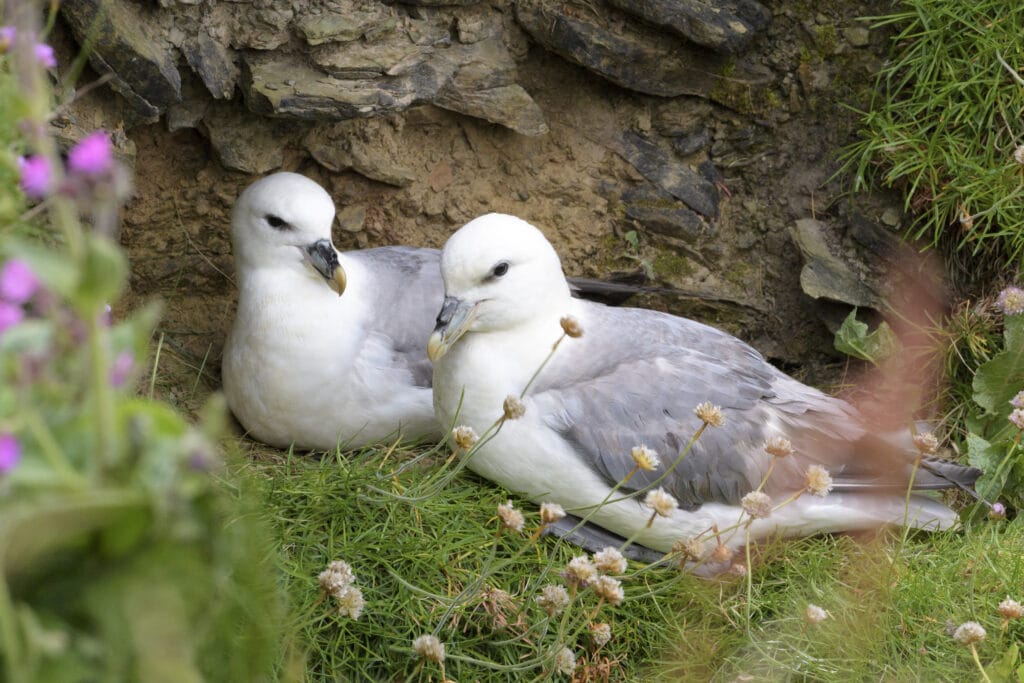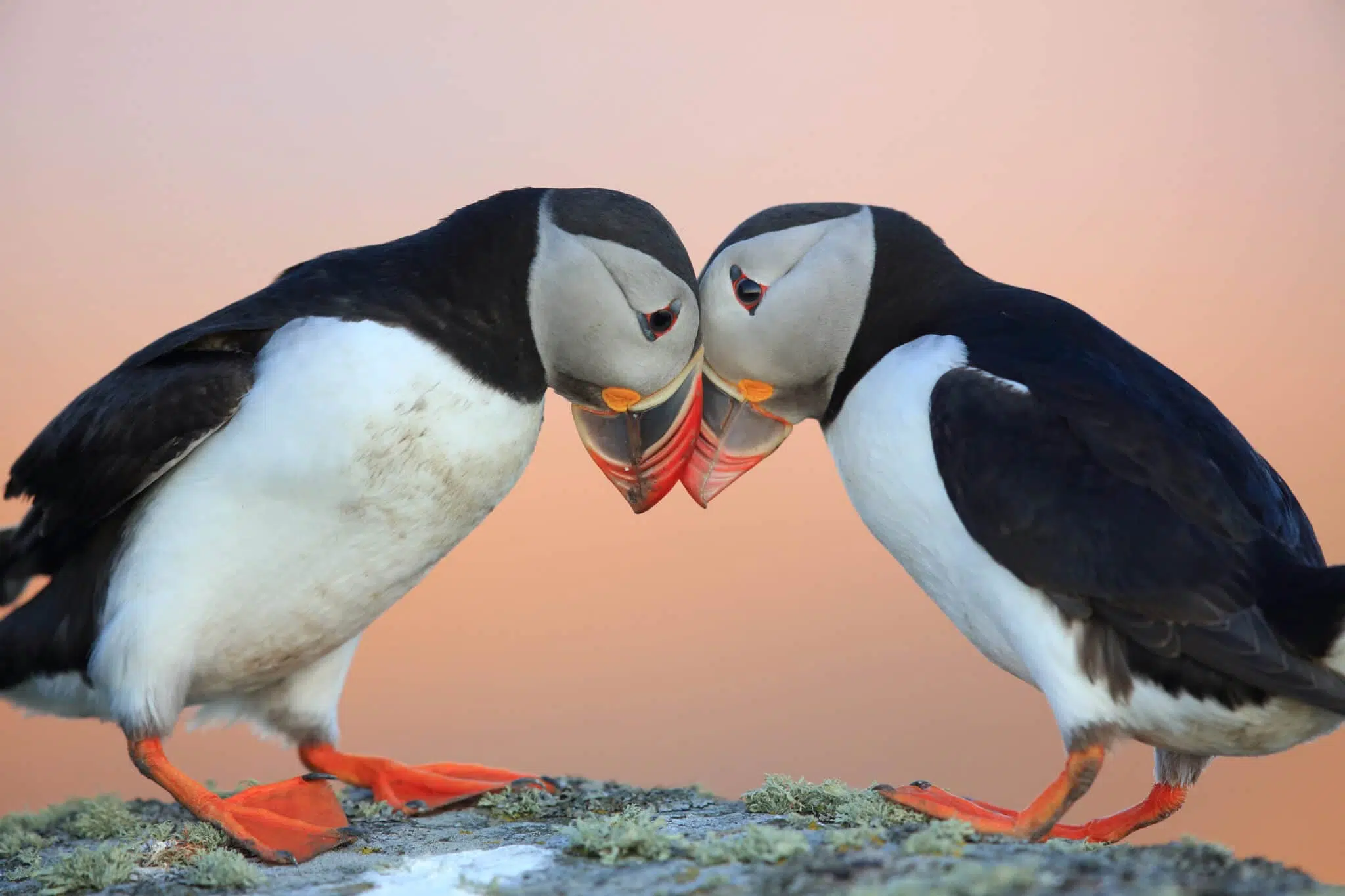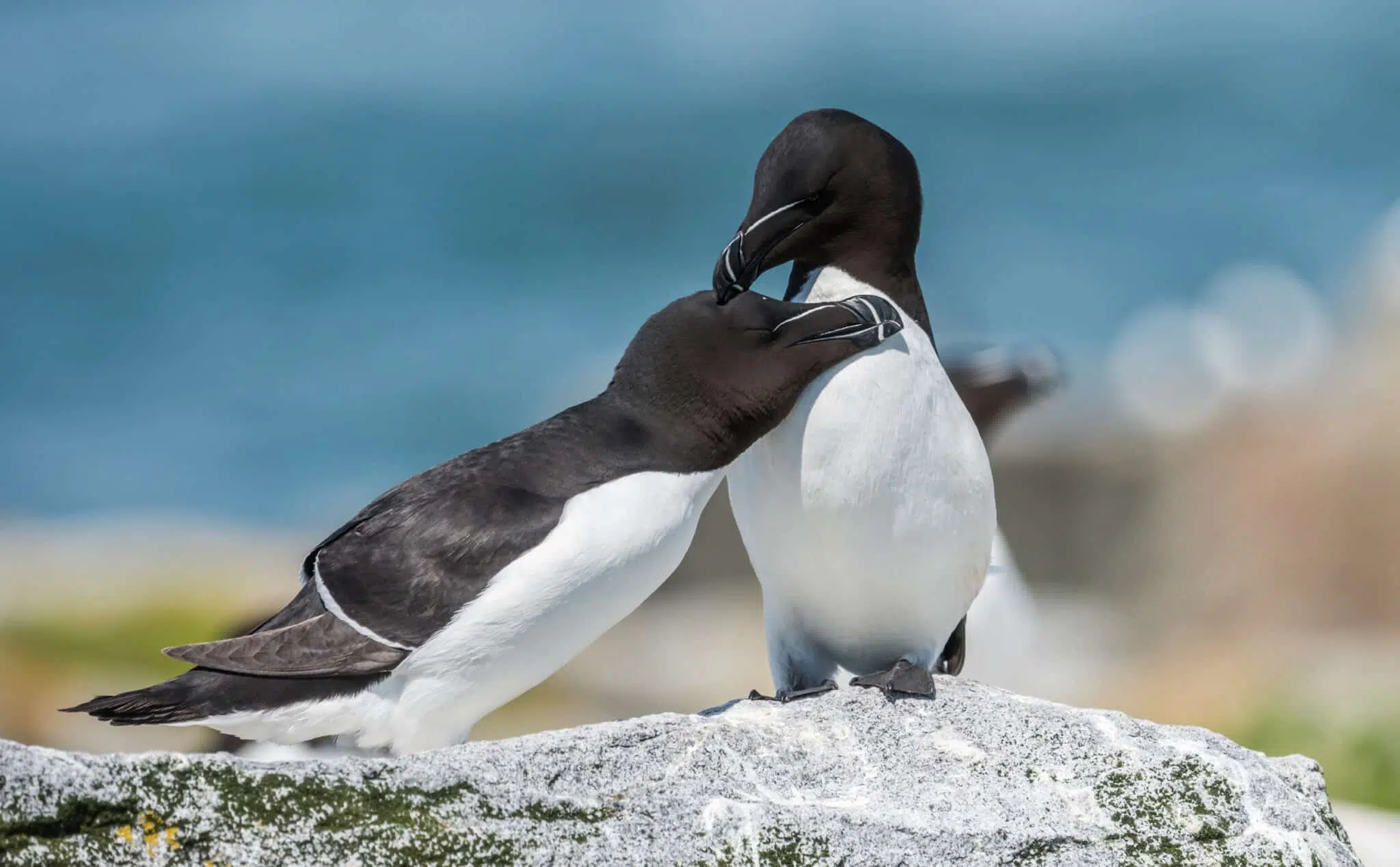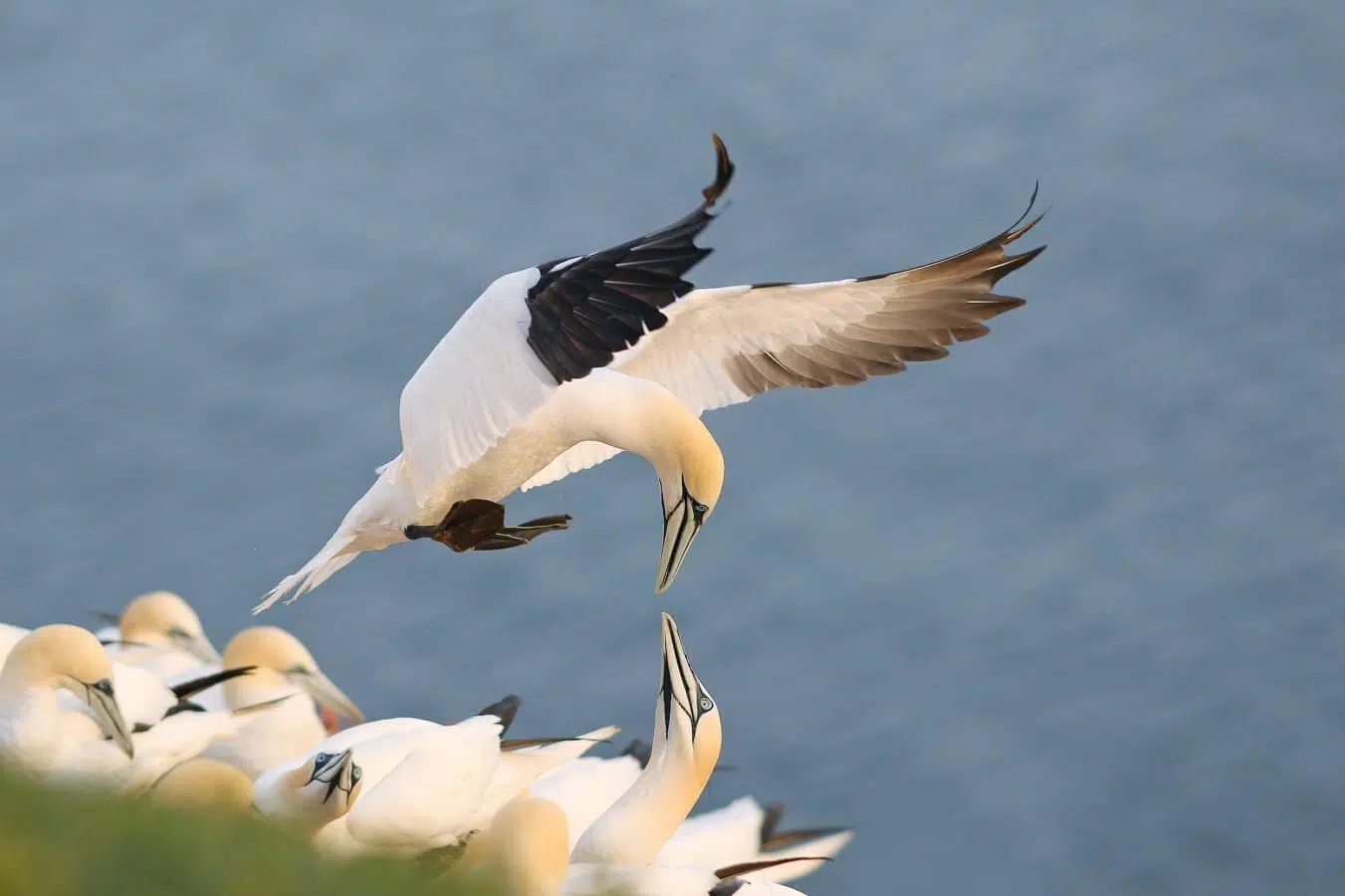Seabird of the month: Northern Fulmar (Fulmarus glacialis)

They are one of the few bird species with a well-developed sense of smell and it is thought that they use it to find their prey.
by Antonio Vulcano
IUCN status: Least Concern (Global)/ Vulnerable (Europe)
Global population: 7,000,000 pairs or 20,000,000 individuals. The European breeding population is estimated at 3,170,000-3,830,000 pairs.
Since the mid-1980s, the population size in Europe is estimated to have undergone rapid declines, which are expected to continue. The European population is expected to decline a further 42% by 2060.
Description
Wingspan: 102 to 112 cm
Life span: The average lifespan for these birds is 30 years, even though it is believed that they can live up to 60 years. The oldest Northern Fulmar ever recorded was 42 years old.
Distinct features: Northern Fulmars are members of the Procellariidae family, which include petrels and shearwaters, and these birds all share some identifying features. Among those, they have nostrils on top of their upper bills and a salt gland above their nasal passages that excrete a high saline solution from their nose and help desalinate their bodies.
They are grey and white with a pale, yellow bill and beige or grey legs. When flying, this seabird can be recognised by how they glide over the water and their shallow wingbeats. Furthermore, they soar and use rising air to support their movements in the sky.
Northern Fulmars have two colour morphs: a light one, with a white head and body and grey wings and tail, and a dark one, which is uniformly grey.
Main prey: This seabird has a diverse diet including fish, squid, shrimp, jellyfish, and zooplankton. They are opportunistic feeders, meaning they will also eat discarded fish and carrion. Northern Fulmars often follow fishing fleets, forming large aggregations to take advantage of the discards of the vessels. They typically capture their prey on the water surface, but will occasionally dive up to a few meters if needed. They are one of the few bird species with a well-developed sense of smell and it is thought that they use it to find their prey.
Breeding
These seabirds can take six to twelve years to reach sexual maturity. They breed on grassy ledges or on vegetation on the ground in colonies on sea cliffs, and they usually return to the same nest year after year.
Their breeding season usually starts in May. They are mainly monogamous and both parents take care of their chick. During the pre-laying period, females can store sperm in their reproductive tract and are able to delay laying the egg. Males often take longer shifts at the beginning of incubation, to allow the female to recover from laying the egg. A single egg is incubated for a period of 47 to 54 days. Once the egg hatches, the chick is fed by the parents for about two weeks and fledge 70 days after hatching.
Population distribution
Northern Fulmars are found throughout the northern Atlantic and Arctic oceans. In Europe, colonies can be found in Iceland, Norway (including Svalbard and Jan Mayen), the United Kingdom, France (Brittany), Ireland, Russia, and Germany (Helgoland). The biggest colony in the EU is found on St Kilda in Scotland, but Iceland and Norway host more than 60% of the total European population.
Outside the breeding season, Northern Fulmars have a very pelagic lifestyle, travelling across the ocean in search of food. Northern European individuals spend the winter in the North Atlantic, while the arctic breeding birds spend the winter a little to the south of their breeding areas.
During the breeding season, individuals leave the colony on foraging trips that last a few days and take them to impressive distances away from the colony.
A 2012 study from Eynhallow (Orkney Islands), found that one Northern Fulmar went to feed at the Charlie-Gibbs fracture Zone, two-thirds of the way to Canada, to feed on plankton – knowing exactly the food source it could find over there. This was possible because it spent the first years of its life wandering and exploring the ocean, building up a mental geographic database full of oceanographic features.
Main threats
- Bycatch
- Hunting
- Plastic pollution
- Oil spills
- Offshore energy constructions
- Climate change
- Invasive species
BirdLife and the Northern Fulmar
In our recent work, BirdLife has been identifying important aggregations of seabirds in the North Atlantic to inform ongoing regional conservation efforts and to help mitigate current and future threats. BirdLife has also collected tracking data of Northern Fulmars from the North Sea, which helped us identify a new Marine Protected Area in 2021. It is estimated that more than 750,000 Northern Fulmars annually use the NACES (North Atlantic Current and Evlanov Seamount) Marine Protected Area, with most birds using the area during their non-breeding stage. Our approach provides an exemplar data-driven pathway for future conservation efforts on the high seas.
Interesting facts
The name Fulmar is derived from two Old Norse words: fúll = “foul” and már = “gull” – referring to the foul-smelling stomach oil it produces. These seabirds spit out this oil from their mouths, as far as three meters, as a defence against predators. But this oil is also used as an energy-rich food source for chicks and adults during their long flights.
From written records and excavations of human settlements, we know that Northern Fulmars have been bred on St Kilda, the Outer Hebrides, since about 800 AD. The birds were of vital importance to the islanders until the island was abandoned in 1930. Fulmar meat was dried in special huts, sustaining the islanders until the arrival of spring and fresh eggs. Their stomach oil was poured into a bag made from the dried, blown-out gut of a gannet, and used as a candle. About 100-130 young fulmars per person were killed each season, with a total of around 12,000 fulmars killed annually.
Through the late nineteenth and early twentieth centuries, Northern Fulmars expanded from their strongholds in St Kilda and Grimsey (Iceland) to colonise the North Atlantic, possibly due to the increased food availability offered by the whaling ships and the discards of the industrialised trawling fishery.
In this video you can watch a fulmar feeding frenzy and here a glimpse of a chick spraying its oil to repel predators.
Image credits: Northern fulmar – Fulmarus glacialis © andreanita
You might also be interested in:
 | Stichting BirdLife Europe gratefully acknowledges financial support from the European Commission. All content and opinions expressed on these pages are solely those of Stichting BirdLife Europe. The European Commission is not responsible for any use that may be made of the information it contains. |









